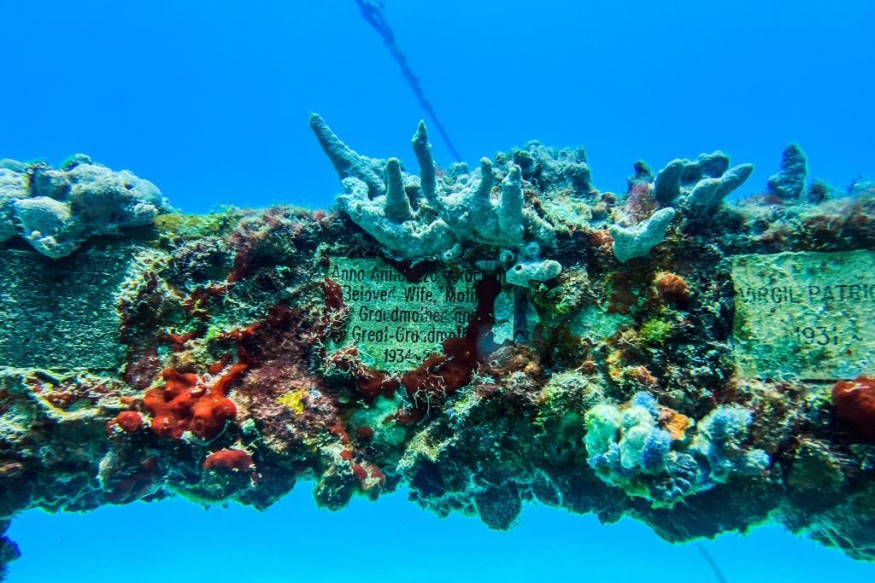
A recent study said that a 72-million-year old fossil of a sea monster was unearthed from Wakayama Prefecture, south-western Japan.
Mosasaur's Skeletal Elements
Experts deemed the discovered fossils as ''most complete.''
They have described a Japanese mosasaur with the size of a great white shark that terrorized Pacific seas 72 million years ago.
Extra-long rear flippers might have aided propulsion in concert with its long finned tail.
Furthyer, unlike other mosasaurs, or large extinct marine reptiles, it had a dorsal fin like a shark's that would have helped it turn quickly and with precision in the water.
Scientist noted that the fossil is represented by many skeletal elements including the skull, a complete cervical and dorsal vertebral series with more than 40 vertebrae, paired ribs, right and left front flippers, and the left hind flipper.
University of Cincinnati Associate Professor Takuya Konishi and his international co-authors described the mosasaur and placed it in a taxonomic context in the Journal of Systematic Palaeontology.
The mosasaur was named for the place where it was found, Wakayama Prefecture.
Researchers then called it the Wakayama Soryu, which means blue dragon. Konishi noted that dragons are creatures of legend in Japanese folklore, adding that in China, dragons make thunder and live in the sky.
Konishi said that they became aquatic in Japanese mythology.
The specimen is from near the Campanian/Maastrichtian boundary (c. 72 Ma) within the Hasegawa Muddy Sandstone Member of the Toyajo Formation.
They assigned the specimen (WMNH-Ge-1140240002) to a new genus and species based on a unique combination of characters including the following:
- jaw bones gracile;
- premaxilla-maxilla suture terminating above or just posterior to fourth maxillary tooth;
- frontal median dorsal ridge robust;
- frontal alae broadly rounded;
- frontal descending processes extending parallel to each other;
- jugal process of postorbitofrontal extending laterally, constituting dorsal half of posterior orbital margin;
- anterior and posterior carinae on marginal teeth pinched out in cross-section;
- cervical centra compressed dorsoventrally;
- zygosphenes and zygantra present at least to the 19th (= posterior) dorsal vertebrae;
- neural spine orientation changing from procumbent to recumbent along posterior dorsal vertebrae;
- front and hind flippers longer than mandible;
- hind flipper longer than front flipper; and
- hyperphalangy of up to nine.
They said that the two sets of large, wing-shaped flippers were likely selected for fast maneuvering, as seen in the humpback whale among extant mysticetes.
On the other hand, the presence of a dorsal fin is suggested by the sweeping arrangement of the neural spines along the dorsal vertebrae, well posterior to the presumed center of gravity.
Moreover, the pubis and the ilium articulate at an obtuse angle in anteroposterior view, allowing no bony contact between the latter and the axial skeleton.
Locomotion, Maneuvering
Konishi expressed belief that those big paddle-shaped flippers might have been used for locomotion.
The expert, however, said that the type of swimming would be extraordinary not only among mosasaurs but among virtually all other animals.
Researchers further speculated that the large front fins might have helped with rapid maneuvering while its large rear fins might have provided pitch to dive or surface.
Similar to other mosasaurs, its tail would have generated powerful and fast acceleration as it hunts for fish.
Related Article : 'Sea Monster' Carcass Found On New Zealand Beach [VIDEO]
© 2025 NatureWorldNews.com All rights reserved. Do not reproduce without permission.





